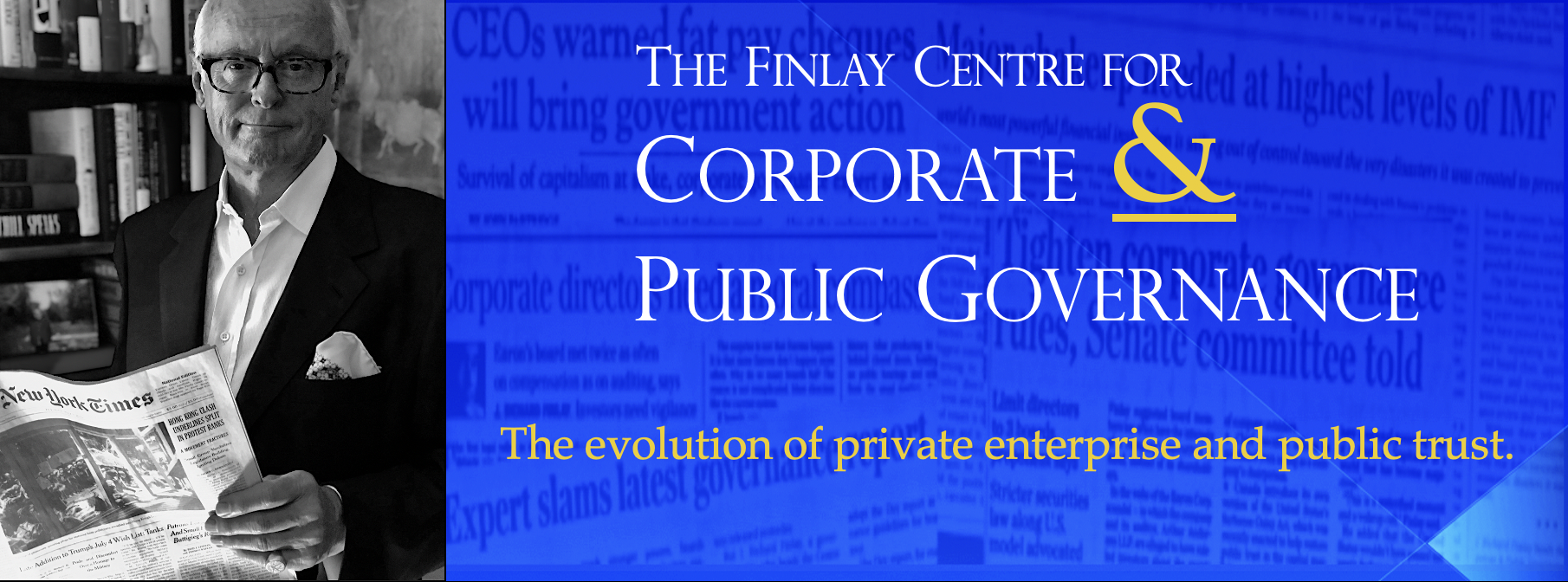The Melnyk/Biovail case is interesting from another perspective. While Mr. Melnyk was being investigated by Canada’s Ontario Securities Commission, he held on to his post. Just days after receiving the “Wells Notice” from the SEC, he threw in the towel. Members of the Hollinger International audit committee have also received Wells Notices, and judging by their recent testimony regarding the nature of their directorial “oversight, ” the SEC’s actions can’t come fast enough in my view.
As I said in the interview, when the SEC comes knocking at your door, it tends to get your attention. It’s another example of how differently the two regulators are viewed even in Canada by Canadian business figures and a further indication that the OSC has a problem being taken seriously and that Canadian investors have a problem being adequately protected by it.
